Sally is a american film of genre Musical directed by John Francis Dillon released in USA on 12 january 1930 with Marilyn Miller
Sally (1930)

If you like this film, let us know!
- Infos
- Casting
- Technical infos
- Photos
- Videos
- Film quotes
- Characters
- Music
- Awards
Released in USA 12 january 1930
Length 1h43
Directed by John Francis Dillon
OriginUSA
Genres Musical
Themes Films about music and musicians, Musical films, Films based on plays, Films based on musicals
Rating61%










Sally is a 1929 American Pre-Code film. It is the fourth all talking all-color feature movie ever made and was photographed in the Technicolor process. It was the sixth feature movie to contain color that had been released by Warner Brothers, the first five were The Desert Song (1929), On with the Show (1929), Gold Diggers of Broadway (1929), Paris (1929), and The Show of Shows (1929). (Song of the West was actually completed by June 1929 but had its release delayed until March 1930). Although exhibited in a few select theatres in December 1929, Sally only went into general release on January 12, 1930.
It was based on the Broadway stage hit, Sally, produced by Florenz Ziegfeld (which played at The New Amsterdam Theatre, from December 21, 1920 to April 22, 1922), and retains three of the stage production's Jerome Kern songs ("Look for the Silver Lining", "Sally", and "Wild Rose"), the rest of the music newly written for the film by Al Dubin and Joe Burke.
Marilyn Miller, who had played the leading part in the Broadway production, was hired by the Warner Brothers at an extravagant sum (reportedly $1000 an hour for a total of $100,000) to star in the filmed version. The film was nominated for an Academy Award for Best Art Direction by Jack Okey in 1930.
Synopsis
Sally (Marilyn Miller) plays the part of an orphan who had been abandoned as a baby at the Bowling Green telephone exchange. While growing up in an orphanage, she discovered the joy of dancing. In an attempt to save money enough to become a dancer, Sally began working at odd jobs. While working as a waitress, a man named Blair (Alexander Gray) begins coming to her work regularly to see her. They both soon fall for each other.Actors
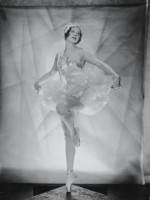
Marilyn Miller
(Sally)
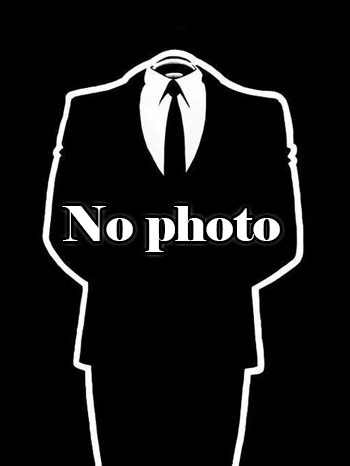
Alexander Gray
(Blair Farell)
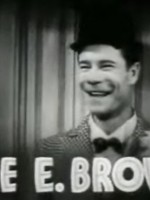
Joe E. Brown
(Grand Duke Connie)
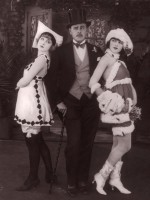
Ford Sterling
('Pops' Shendorff)

Pert Kelton
(Rosie, Otis' girlfriend)
Comments
Leave comment :
Suggestions of similar film to Sally
There are 155 films with the same actors, 45 films with the same director, 6384 with the same cinematographic genres, 10651 films with the same themes (including 103 films with the same 4 themes than Sally), to have finally 70 suggestions of similar films.If you liked Sally, you will probably like those similar films :

Spring Is Here (1930)
, 1h9Directed by John Francis Dillon
Origin USA
Genres Comedy, Musical, Romance
Themes Musical films, Films based on plays, Films based on musicals
Actors Lawrence Gray, Bernice Claire, Alexander Gray, Louise Fazenda, Ford Sterling, Inez Courtney
Rating56%





As the film begins, we find Bernice Claire in love with Lawrence Gray. Claire's father, played by Ford Sterling, disapproves of Lawrence but approves another suitor, played by Alexander Gray. Alexander is shy and clumsy while Lawrence is outgoing and romantic. When Bernice returns one night at 5 a.m. with Lawrence, her father orders him to stay away from his daughter. Alexander, being discouraged at being rejected by Bernice, is offered help by Inez Courtney, Bernice's younger sister. Alexander follows her advice and attempts to make Bernice jealous to get her attention. He makes love to several women, including Bernice's mother. The trick works and soon Bernice thinks she is deeply in love with Alexander. Sterling gets into a argument with Lawrence and tells him to leave his house for good. Lawrence returns in the middle of the night to elope with Bernice but Alexander shows up and carries her off for himself. In the morning they are found together in Bernice's room, to the shock of the family, and they eventually reveal to everyone that they have eloped.

Bride of the Regiment (1930)
, 1h17Directed by John Francis Dillon
Origin USA
Genres Musical, Romance
Themes Films about music and musicians, Théâtre, Musical films, Films based on plays
Actors Walter Pidgeon, Myrna Loy, Allan Prior, Ford Sterling, Louise Fazenda, Lupino Lane
Rating63%





The film takes place during a period in which Austria controlled Italy during the Austro-Italian War of 1830. Colonel Vultow, played by Walter Pidgeon, leader of Austrian cavalry regiment, is sent to Italy to put down a revolt led by the Lombardian aristocracy. Vultow decides to go to the castle of Count Adrian Beltrami, played by Allan Prior, one of the leaders of the revolution. This happens to be Beltrami's wedding day. As he is emerging from the church following his wedding to Countess Anna-Marie (Vivienne Segal), Beltrami learns that Colonel Vultow is quickly approaching the town in search of him. At the behest of his bride, Beltrami flees the castle, but he asks Tangy, a silhouette cutter, to impersonate him and protect Anna-Marie. When Adrian returns in disguise, he is introduced to Vultow as a singer and silhouette cutter, and when the count demands he create a silhouette, he enlists Tangy's aid. The deception is discovered, and Vultow sentences Adrian to death by a firing squad unless Anna-Marie submits to his sexual demands.

Kismet (1930)
, 1h30Directed by John Francis Dillon
Origin USA
Genres Fantasy, Adventure, Musical, Romance
Themes Musical films, Films based on plays
Actors Otis Skinner, Loretta Young, David Manners, Sidney Blackmer, Mary Duncan, Montagu Love
Rating58%





Hajj, a rascally beggar on the periphery of the court of Baghdad, schemes to marry his daughter to royalty and to win the heart of the queen of the castle himself.
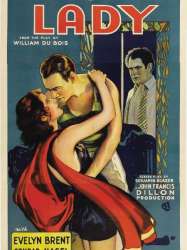
The Pagan Lady (1931)
, 1h10Directed by John Francis Dillon
Origin USA
Genres Drama, Adventure, Romance
Themes Films based on plays
Actors Evelyn Brent, Conrad Nagel, Charles Bickford, Roland Young, William Farnum, Lucile Gleason
Rating55%





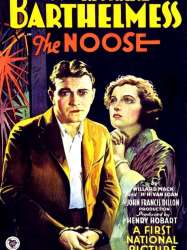
The Noose (1928)
, 1h5Directed by John Francis Dillon
Origin USA
Genres Drama
Themes Théâtre, Films based on plays
Actors Richard Barthelmess, Montagu Love, Lina Basquette, Robert Emmett O'Connor, Jay Eaton, Thelma Todd
Rating68%






The Girl of the Golden West (1930)
, 1h21Directed by John Francis Dillon
Origin USA
Genres Western
Themes Films based on plays
Actors Ann Harding, James Rennie, Harry Bannister, J. Farrell MacDonald, George Cooper, Arthur Housman
Rating58%





Minnie (Harding) runs the Polka saloon during the days of the Gold Rush in California and lives on the bought in from drinking and gambling at her establishment. She is highly respected by the miners who live in the area and they protect her and see to it that no harm comes her way. Minnie falls in love with Dick Johnson (Rennie), who mysteriously rides into town one day. Minnie doesn't know that he is a notorious road agent who is being sought after by the agents of the Wells Fargo express. Instead, Minnie believes that Rennie is a miner.

We Moderns (1925)
Directed by John Francis Dillon
Origin USA
Genres Comedy
Themes Films based on plays
Actors Colleen Moore, Jack Mulhall, Carl Miller, Claude Gillingwater, Clarissa Selwynne, Marcelle Corday
Rating53%





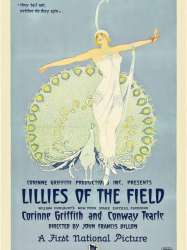
Lilies of the Field (1924)
, 1h30Directed by John Francis Dillon
Origin USA
Genres Drama
Themes Films based on plays
Actors Corinne Griffith, Conway Tearle, Alma Bennett, Sylvia Breamer, Myrtle Stedman, Crauford Kent
Rating66%





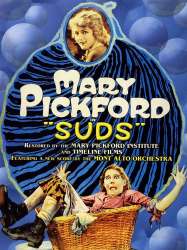
Suds (1920)
, 1hDirected by John Francis Dillon
Origin USA
Genres Drama, Comedy, Comedy-drama, Romance
Themes Théâtre, Films based on plays
Actors Mary Pickford, Albert Austin, Harold Goodwin, Rose Dione, Joan Marsh, Theodore Roberts
Rating62%





Amanda Afflick (Mary Pickford) is a poor laundry woman working in London. She is too weak to do the hard work, but is always picked on and humiliated by her boss Madame Didier (Rose Dione). Amanda is desperately in love with the handsome customer Horace Greensmith (Albert Austin), but none of her colleague think she stands a chance of being his sweetheart.

Blackbirds (1920)
Directed by John Francis Dillon
Genres Drama, Crime
Themes Films based on plays
Actors Justine Johnstone, Charles K. Gerrard, Walter Walker
 Connection
Connection